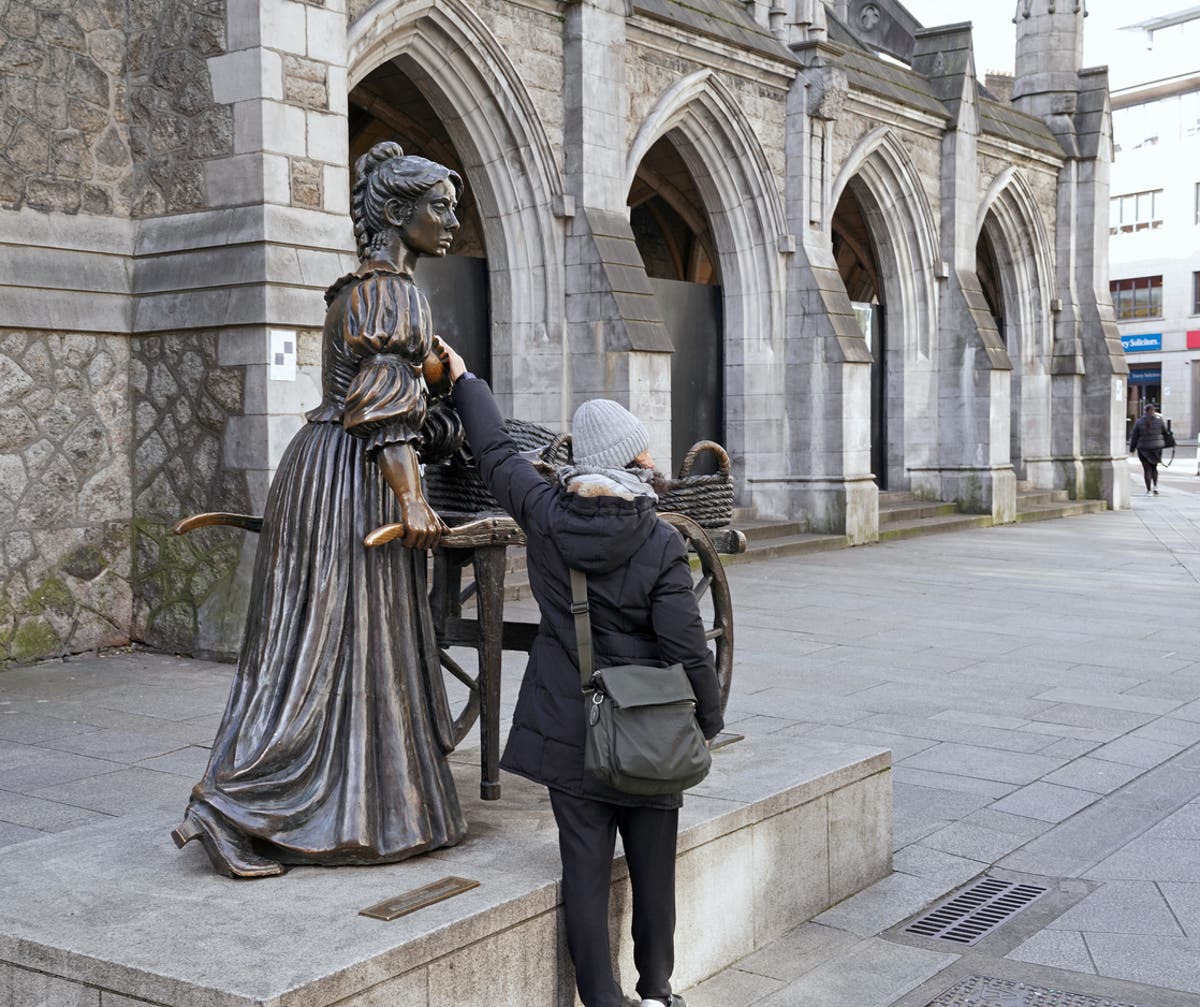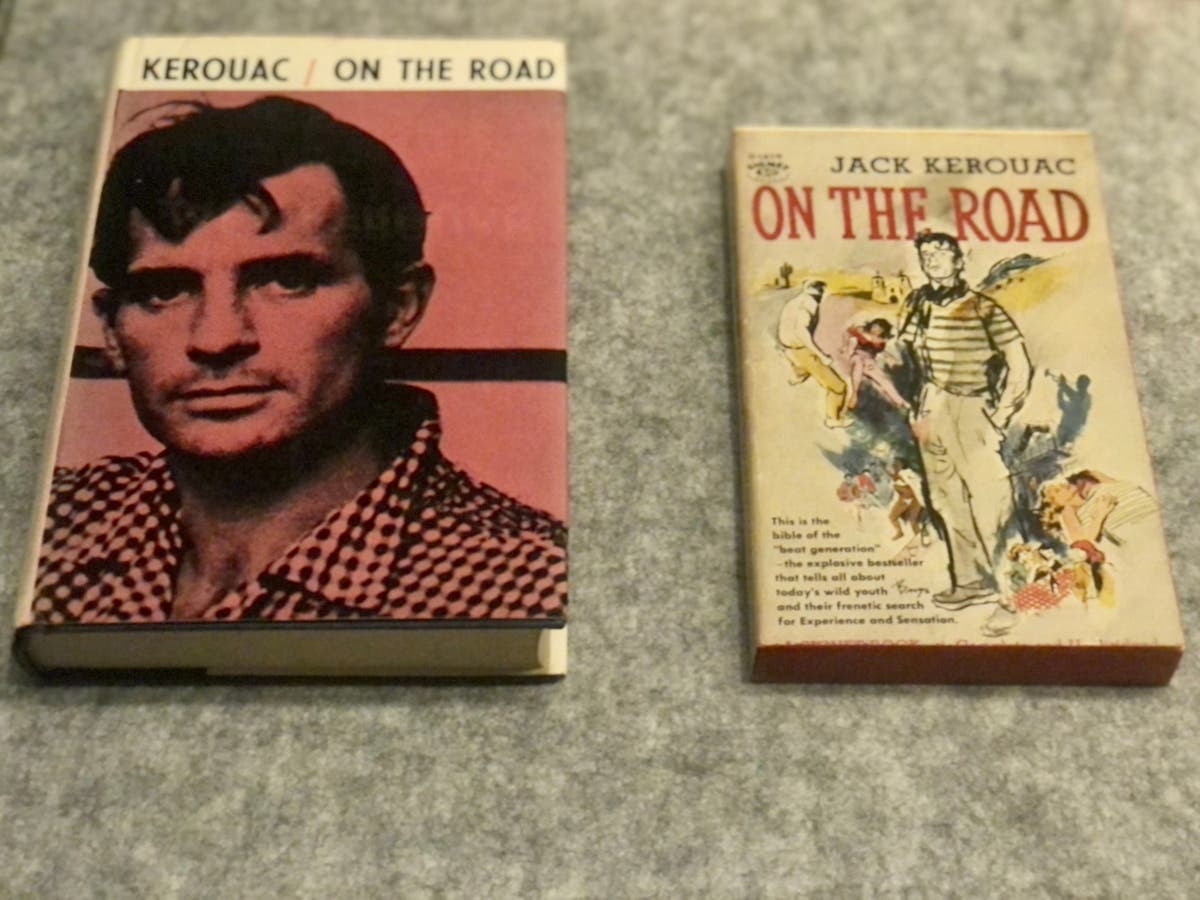Dublin tourists asked to stop groping the breasts of Molly Malone statue
A local busker has called for an end to the ‘misogynistic tradition’


Sign up to Simon Calder’s free travel email for expert advice and money-saving discounts
Get Simon Calder’s Travel email
Dublin City Council is considering taking steps to protect a popular city centre statue from damage, following reports of wear through excessive handling.
The bronze statue of local folk hero Molly Malone is a popular spot with tourists to the Irish capital. Visitors pose for photographs touching the figure’s exposed breasts, a practice said to bring good luck.
As a result, part of the statue has become tarnished over time.
Now Tilly Cripwell, a student who busks near the statue, has launched a campaign calling for an end to what she believes is a “misogynistic tradition”.
Cripwell told the Telegraph: “A lot of people clamour around her, kiss her on the cheek, kiss her boobs, it’s all inappropriate. It’s reducing her to this derision and not giving her the status of being a national treasure.”
Molly Malone is a figure from Irish folklore, the protagonist of a song about a girl who sells cockles and mussles from a barrow in “Dublin’s fair city”.
A bronze scuplture of her pushing her cart, by Irish artist Jeanne Rynhart, was erected on Grafton Street in 1988 as part of Dublin’s millennium celebrations. It was moved to its current location outside the Dublin Tourist Office on Suffolk Street in 2014.
This is not the first time that the statue has been in the news. It was vandalised three times last autumn, with vandals daubing “Please don’t, TY [thank you]” and “7 Years Bad Luck” across the figure’s décolletage.
“7 Years Bad Luck” refers to the idea, whose origin is unknown, that touching the statue’s breasts will bring seven years good luck.
Ray Yeates, arts officer at Dublin City Council, said in a statement: “Dublin City Council is aware of the reports concerning people touching the Molly Malone statute. It is not beneficial for any work of art of this kind to be handled and this may cause wear or damage.
“The Council is considering what measures might be effective in protecting the statute and recently carried out repairs due to vandalism.
“Molly Malone is an important figure in the Dublin’s folklore and this statue and all public art should always be treated with respect.”
It is unfortunately not uncommen for public art works to be damaged by tourists, whether maliciously or through a lack of awareness of the risks of handling. In September an Irish tourist snapped off part of a historic statue in Belgium one day after it was unveiled to the public following a £15,000 restoration. While last August, a group of 17 tourists destroyed a sculpture valued at €200,000 in the town of Viggiu in Lombardy, Italy.

 Fransebas
Fransebas 
































